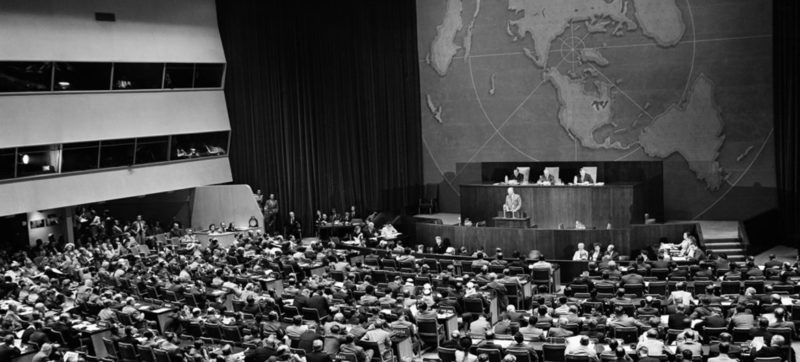The Middle East, often called the Israeli-Palestinian conflict, is a multifaceted and longstanding dispute with deep roots. In this post, we’ll delve into the complex origins of this conflict, which has had profound implications for the region and the world.
The Historical Backdrop
To understand the origins of the Middle East conflict, we must first consider the historical context. The region known as Palestine, which includes present-day Israel and the Palestinian territories, has been inhabited for millennia by various groups, including Jews, Arabs, and other ethnic and religious communities.
Israeli-Palestinian conflict
Origins of the Middle East Conflict – The Zionist Movement
The late 19th and early 20th centuries witnessed the emergence of the Zionist movement, which aimed to establish a Jewish homeland in Palestine. This movement responded to the persecution and anti-Semitism experienced by Jewish communities in Europe.
British Mandate and the Balfour Declaration
After World War I, the League of Nations granted Britain a mandate to govern Palestine. 1917, the Balfour Declaration expressed British support for establishing a “national home for the Jewish people” in Palestine. This declaration set the stage for future tensions.
Balfour Declaration
Origins of the Middle East Conflict – Arab Resistance
The Zionist project was met with resistance from the Arab population in Palestine. Arab leaders were concerned about the potential consequences of large-scale Jewish immigration and establishing a Jewish state on land they considered historically Arab.
1947 UN Partition Plan
As tensions escalated, the United Nations proposed a partition plan in 1947 that aimed to divide Palestine into separate Jewish and Arab states, with Jerusalem under international administration. The plan was accepted by Jewish leaders but rejected by Arab states.
1947 UN Partition Plan

War and Creation of Israel
1948, the State of Israel was declared, leading to a war between Israel and neighboring Arab states. The conflict resulted in significant displacement of Palestinian Arabs.
The Palestinian Refugee Issue
The creation of Israel led to the Palestinian refugee issue, as hundreds of thousands of Palestinians were displaced from their homes. This issue remains a central point of contention in the conflict.
The Six-Day War
The Six-Day War of 1967 further complicated the conflict. Israel’s victory in this war led to the occupation of the West Bank, Gaza Strip, and East Jerusalem, central to the conflict’s current dynamics.
Peace Process and Ongoing Tensions
Efforts to resolve the conflict peacefully have been ongoing for decades, with various peace agreements and negotiations. However, many of these efforts have faced challenges related to borders, settlements, security, and the status of Jerusalem.
Conclusion
The origins of the Middle East conflict are deeply rooted in historical, political, and religious factors. The complex interplay of these elements has contributed to the ongoing tensions and challenges in the region. Understanding the historical context is crucial for anyone seeking to grasp the complexities of this multifaceted conflict and the efforts to find a lasting and just resolution.

